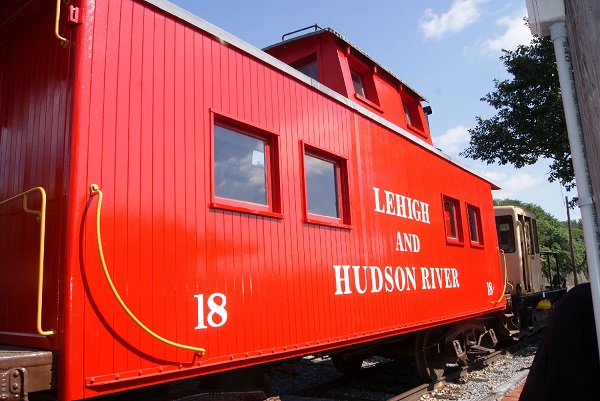The Lower Mississippi River
flows
downstream from Cairo, Illinois and the confluence with the Ohio River, for
1600 km – 1000 miles – to the Gulf of Mexico. It is the most heavily
traveled component of this river system. Unlike on the upper rivers, there are
no locks and dams on the Lower Mississippi. The river is, however, constrained
by levees and dams that control flooding and secure the navigation channel for
barge traffic.
Navigation the Corps of Engineers maintains channel
depth of 9 feet from St. Louis to Baton Rouge.
On
the lower Mississippi, from Baton Rouge to the Gulf, the navigation depth is 45
feet, allowing for container ships and cruise ships to dock at the port of New
Orleans.
Nashville has been the subject of many books,
movies and songs. But, while music is the lifeblood of this city, you will also
find here culture, history, haute cuisine, sports, natural beauty and Southern
charm.
Blues Rock ’n’ Roll BBQ Pork Capital Cotton Row and Graceland
Memphis is a city with a rich and
eclectic history. Some of the city’s traditions and milestones include:
Graceland, Home of Elvis Presley, the Memphis Zoo, the Indie Memphis Film
Festival, Sun Studio, National Civil Rights Museum, Stax Museum of American
Soul Music and Beale Street Music Festival.
The Mississippi Story Sights Sounds
and Culinary Traditions a melting pot of cultures – from African to Italian to
Asian. Capital-River from a mighty river and antebellum mansions to
downtown with restaurants featuring soul food, authentic ethnic dishes and
modern culinary delights. Pines barbecue and bakeries,
cheese and cheesecakes, the tastes of this region take their influences from
their Native American heritage. Hills home to William Faulkner, Tennessee
Williams and Southern fiction characters, platters of fried chicken, skillets
of cornbread, and delicacies such as pecan pie. Coast golf, gambling, art, architecture and
great food.
a melting pot of
regional, ethnic, national and international cuisine
New Orleans the oldest neighborhood in the city is the French Quarter.
Established by the French in 1718, the location continues to be a valuable site
for trade due to its strategic position along the Mississippi River. Jackson
Square, originally known as the Place d'Armes, was renamed to honor Andrew
Jackson, the hero of the Battle of New Orleans. The square is flanked by
historic structures such as the St. Louis Cathedral, the Presbytere and
Cabildo, which house the Louisiana State
Museums, and the Pontalba Apartments - the oldest apartment buildings in the
United States.



































